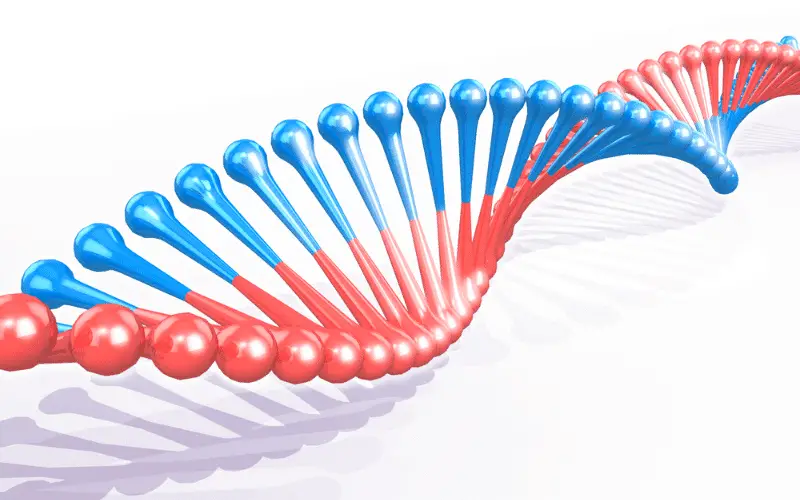Introduction: Delving into the Enigma of Frontotemporal Dementia

Within the realm of neurodegenerative diseases, frontotemporal dementia (FTD) holds a unique place. Often mistaken for Alzheimer’s or psychiatric disorders, it strikes at the heart of our personalities, our communication, and our ability to navigate everyday life.
Frontotemporal dementia, also known as frontotemporal neurocognitive disorder, unfolds within the frontal and temporal lobes of the brain. These regions, integral for personality, behavior, language, and movement, undergo progressive degeneration, producing a disturbing shift in a person’s character and capacities.
A salient feature of FTD is its early onset. Unlike other dementia types, which typically surface after 65, FTD raises its head between 40 and 65 years. It hits people in their prime, dismantling personal and professional lives, and confronting families with a difficult journey of care.
As we delve deeper, it becomes evident that FTD is not a single entity. It is a spectrum encompassing several subtypes, each distinguished by its hallmark symptoms and pathophysiology. Among these, we encounter behavioral variant FTD (bvFTD), the most common variant; primary progressive aphasias; and disorders that mingle FTD symptoms with motor neuron disease.
Tracing the roots of FTD leads us down a path scattered with genetic and environmental factors. Some people carry the burden of genetic mutations that spur the disease, while others encounter it through aging, protein dysfunction, or head injuries. Yet, each case offers vital clues to the labyrinth of frontotemporal dementia. Armed with this knowledge, we stand better equipped to decode FTD and seek out therapeutic solutions.
Cause 1: The Genetic Code: Tracing FTD to its DNA Origins

Our genes, the blueprint of our being, often harbor silent markers of disease. For frontotemporal dementia, the story starts at this microscopic level. Specific gene mutations, notably in C9orf72, have been implicated in FTD. This gene, while mysterious in function, has earned infamy in the context of FTD. Typically quiet and unassuming, it takes center stage when a specific genetic anomaly occurs. Large repeats of the C9orf72 gene have been found in people with FTD, suggesting a pivotal role in disease development.
One might wonder how a simple twist in our genetic fabric can translate into complex neurodegeneration. These gene repeats aren’t as harmless as they might sound. They are thought to disrupt the normal functioning of neurons, leading to their degeneration. This, in turn, manifests as FTD, marking the largest genetic cause of the disease. It also represents a clear link between FTD and another neurodegenerative disease – amyotrophic lateral sclerosis (ALS).
Such a connection may seem odd at first. However, both FTD and ALS involve degeneration of specific brain regions and share common pathways of cell death. Recognizing this overlap might provide crucial insights into their shared genetic underpinnings and potential treatment strategies. (1)